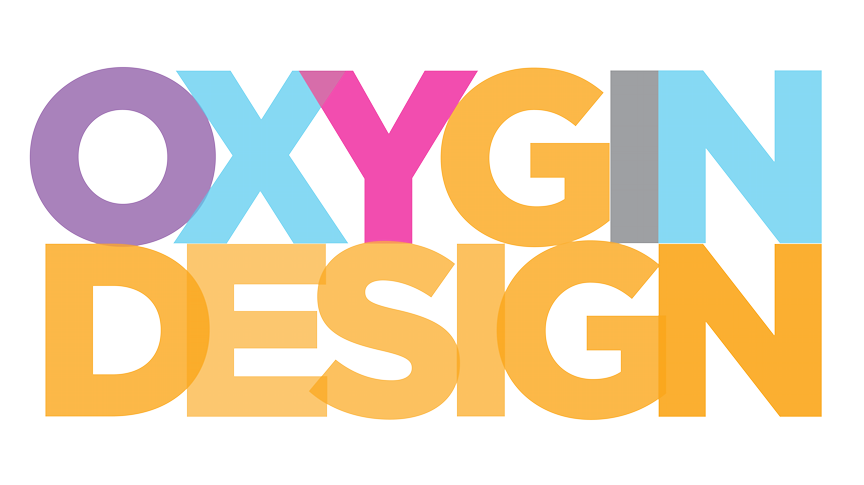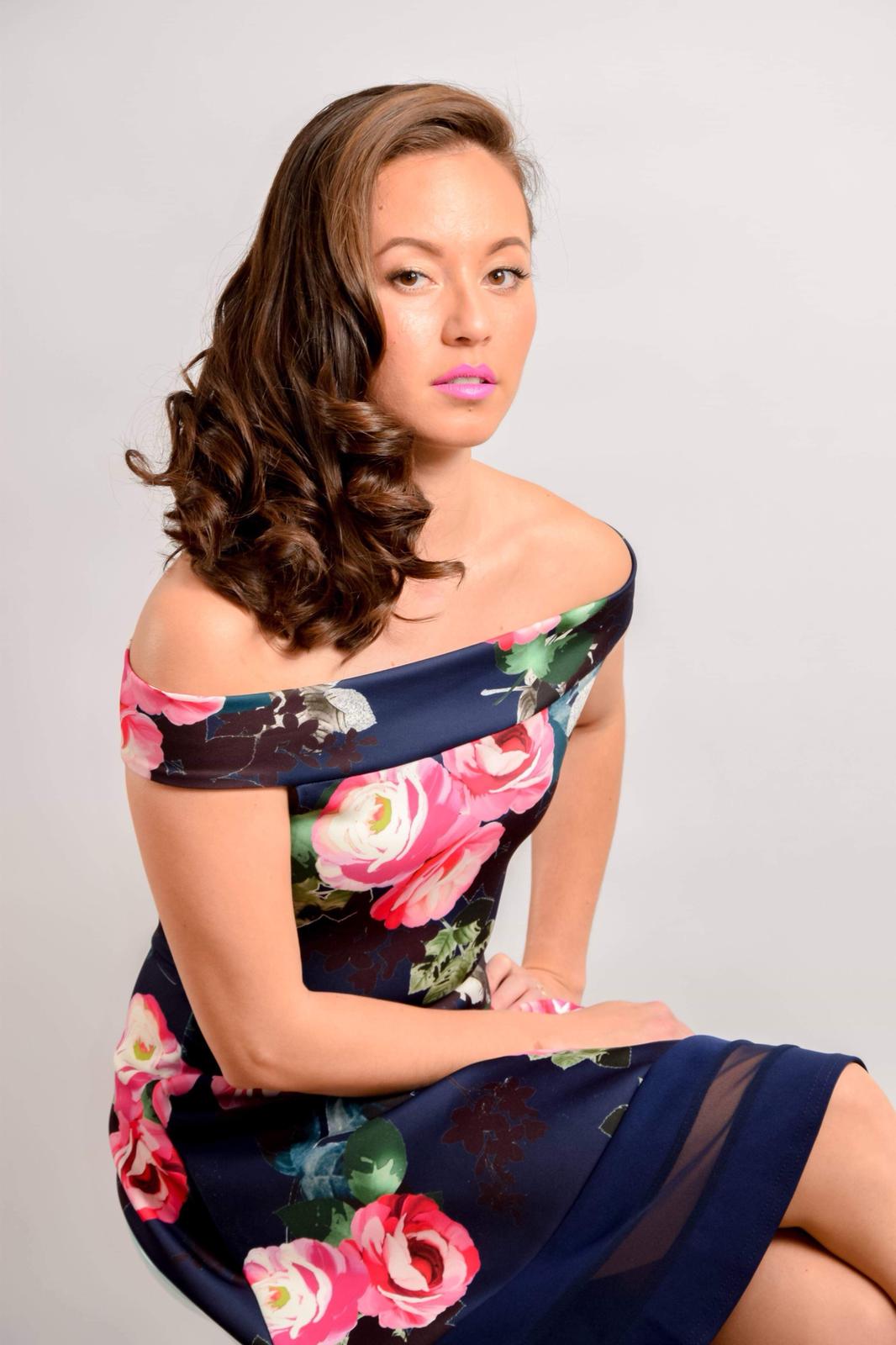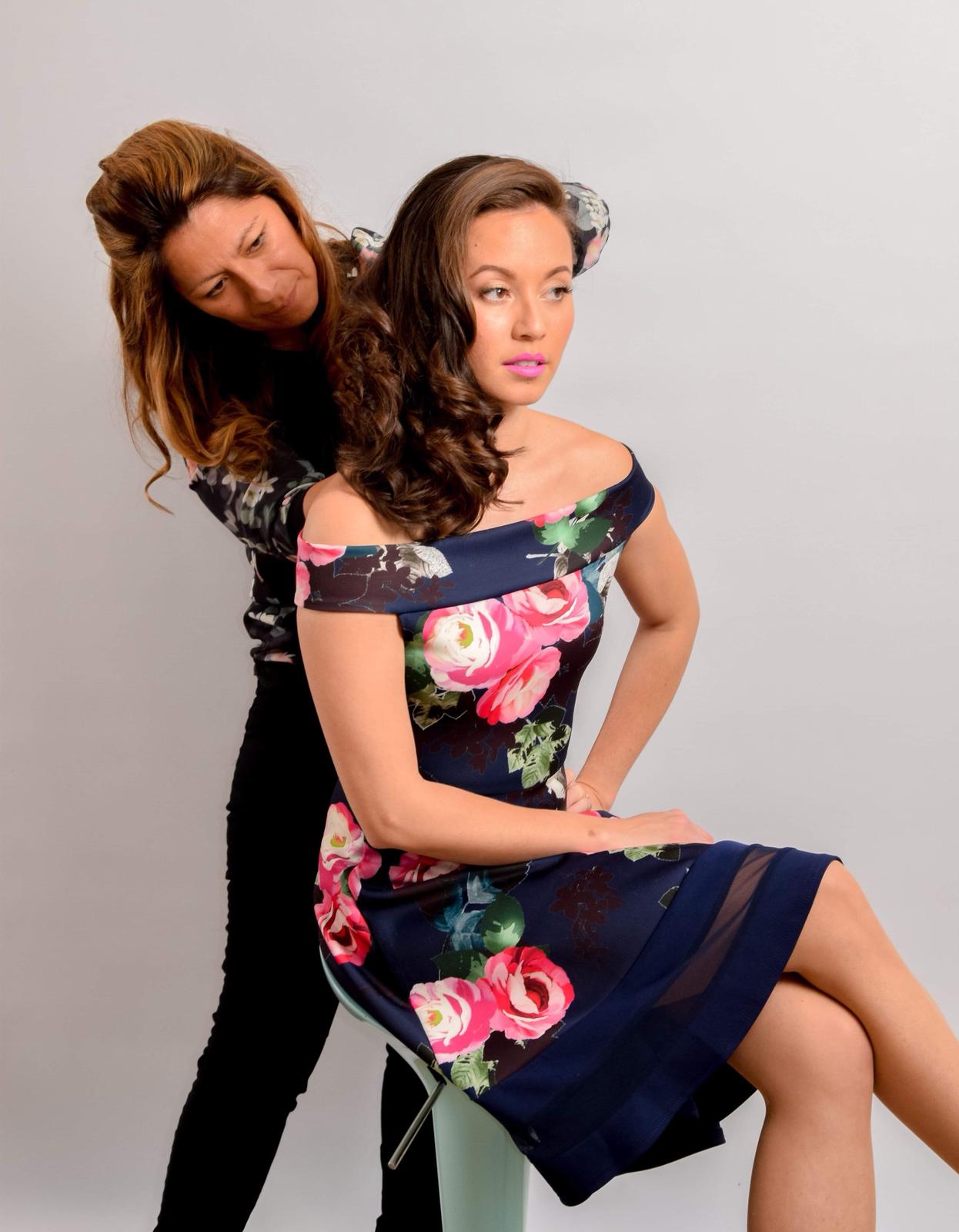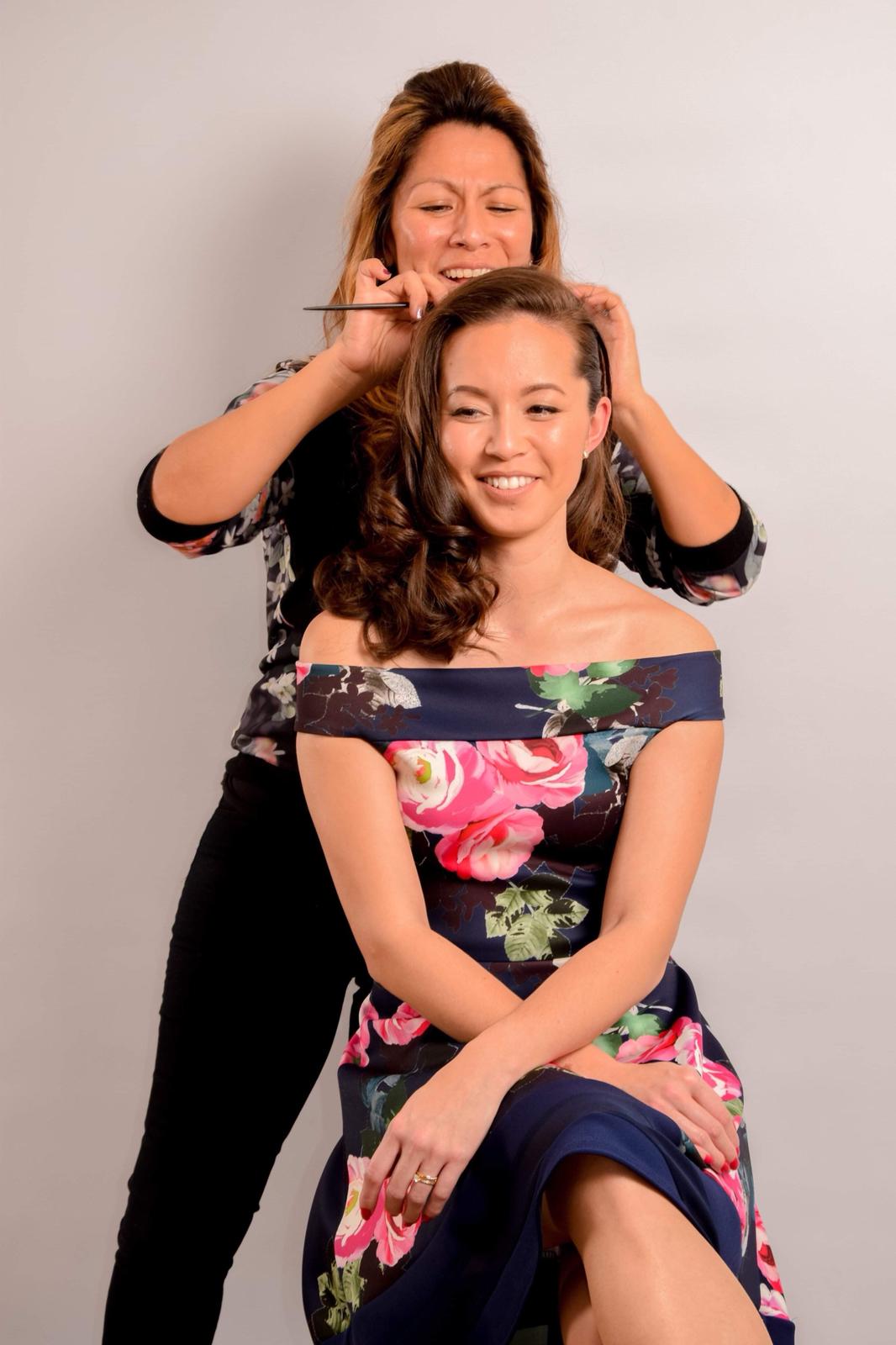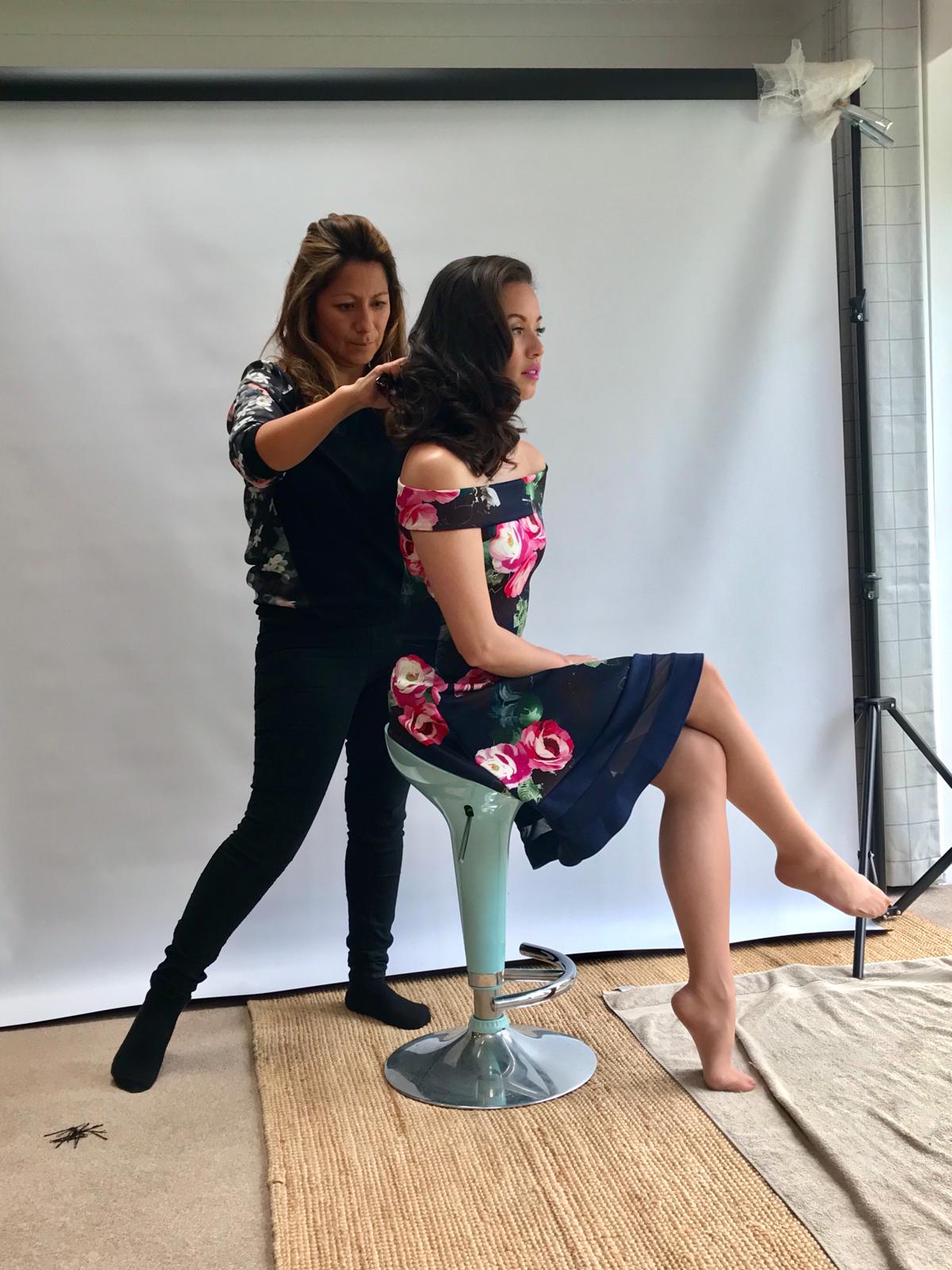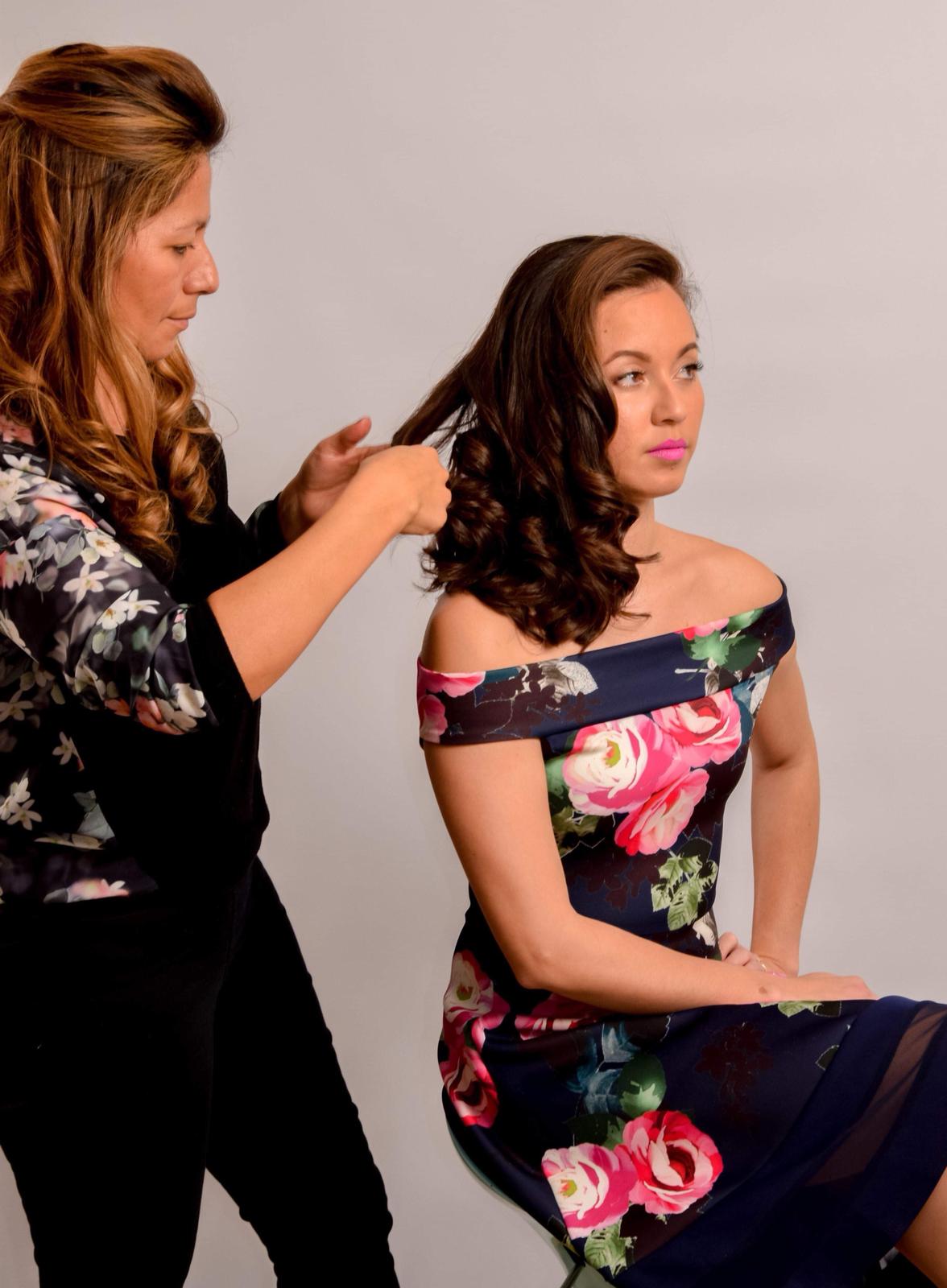In all their tight-type, neon-colored, advertorial glory
Words by Elizabeth Goodspeed
A New Balance advert from October 2021.
What are you seeing?
Layered, type-driven design inspired by 1980s advertising is on the rise, and along with it, a worthy opponent (finally) for the sleek, buttoned-up visual world of the last decade. In its purest iteration, the throwback ’80s editorial trend is text-heavy, with layouts comprised of a single, often silhouetted or gradient-backed image, a punchy headline, and supporting narrative copy. The most recognisable component of the trend is arguably its widespread use of condensed serifs like ITC Garamond Condensed or Editorial New - typefaces that just a few years ago would have been relegated to body copy, and certainly never run large as headlines with such tight tracking - as well as the occasional bold sans (a holdover from the Lubalin era) like ITC Kabel.
This aesthetic is most readily associated with 1980s advertisements by Apple, which pioneered the look with its launch campaign for the 1984 Macintosh, along with New Balance (Steve Jobs’ shoe of choice: a coincidence?) and car companies like Honda or Dodge. Arguably, this narrative approach to selling products can be traced back even further, to 1960s advertising titans like William Bernbach and David Ogilvy’s respective work for VW and Schweppes.
Macintosh Advert from the 1980’s.
1980s Honda Civic Advert
The current trend also includes an increase in visual motifs that cue physicality and real-world materials, even within brands that are exclusively digital. Think: film grain, VHS dithering, airbrush art, and faux paper backgrounds. This interest in throwback textures even extends to art direction and styling, with more photoshoots incorporating old-school tech like fax machines, cassette tapes, and brick phones as props (an occurrence mirrored in the adjacent return of low-fi 2000s tech like wired earphones). Like all trends of the “big flat now” that is 2022, the ’80s editorial aesthetic has many sub-genres and close cousins, ranging from neon script to monochrome euro-luxe. But, at their core, these offshoots are all unified by a mutual renewed interest in a balanced relationship between copy and image, as well as a return to tactility.
Who’s using it?
The trend has mostly appeared in brand identity and campaign work, particularly in the fashion and lifestyle worlds (which always seem to hit on a new visual style before it trickles down to consumer packaged goods and tech). Eighties editorial style design has been seen in recent campaigns from Skims, Nike Yoga, and Amélie Pichard, as well as, unsurprisingly, in a slate of recent New Balance collaborations, including Aime Leon Dore, Casablanca, and Staud. Still emerging is the trend’s appearance in a few new food brands, like the just-launched Graza or bespoke beverage brand Lark.
Why do designers love it?
Two years into a pandemic, and it seems like the collective ennui of isolated life has somehow led us headfirst into indulgence; ego is out, id is in, we’re smoking cigarettes and doing whatever the fuck we want, even while the world burns around us. As Michael Scanlon, chief creative director at Chandelier Creative, puts it: “From the looks of it on Instagram, everyone under 40 has ditched their reishi smoothies for caviar and martinis. And why not? It’s grim out there and we’re all craving a bit more pleasure and wit to make us feel alive again.” Looking back at the past 50 years, what could embody this mindset better than the 1980s—a time of vibrant nightlife and rampant consumerism, all set against the bleak backdrop of Reaganomics and the AIDS crisis.
“Everyone under 45 has ditched their reishi smoothies for caviar and martinis. And why not? It’s grim out there and we’re all craving a bit more pleasure and wit to make us feel alive again.”
On a functional level (this is a design publication, after all), it almost goes without saying that in 2022, refined minimalist design is thoroughly passé. So it’s definitely natural that the swing toward an ’80s aesthetic is part of the typical “20-year trend cycle” and a move back to a more maximalist, intentionally inexact approach to design as well. Maristella Gonzalez, art director at Ceremonia, also points out that Gen-Z is the demographic to target at the moment, and their decade-jumping obsessions with the ’80s, ’90s, 2000s, and, soon, the 2010s, is driving the return of everything vintage, from Joan Jett’s mullet to Ashley Tisdale’s bootcut jeans. It’s no surprise then that brands have realised creating a pastiche of any of these aesthetics is a sure-fire way to attract the attention, and dollars, of these younger potential customers.
But while ’80s design is certainly resonating, it seems likely that nostalgia as a concept (rather than an explicit love of condensed serifs) is what’s really driving this resurgence. Designer Stefanie Brückler suspects that in response to a myriad of worldwide crises like COVID-19 and climate change, society is experiencing a collective yearning for the “better times” of the ’80s and early ’90s.
To her, “Millennials who had their early childhood in the ’80s, and those who experienced remnants of this era in the beginning of the ’90s, are yearning for places in their memory that feel safe, and remind them of parental love and protection.” It’s likely that these same Millennials, now 27 - 42 years old, are also at the helm of many of the creative teams tapping into this ’80s editorial aesthetic for contemporary branding and campaigns. For Gen-Z, who didn’t experience these decades firsthand, there’s still a deep romanticization of these periods (and their associated aesthetics) as simpler times, without cell phones and remote schooling.
From a brand strategy perspective, the editorialised advertising of the ’80s can also feel like a welcome change from the subtleties of social media spon-con. Rather than a winking, implied recommendation for a product, these editorial copy–driven layouts are advertisements with a capital A: this is what perfection looks like, and you can have it too. At a time when everyone wants a better life, maybe we’re just hoping that brands can tell us how to get one.
Ref: https://eyeondesign.aiga.org/the-80s-are-back-baby/
